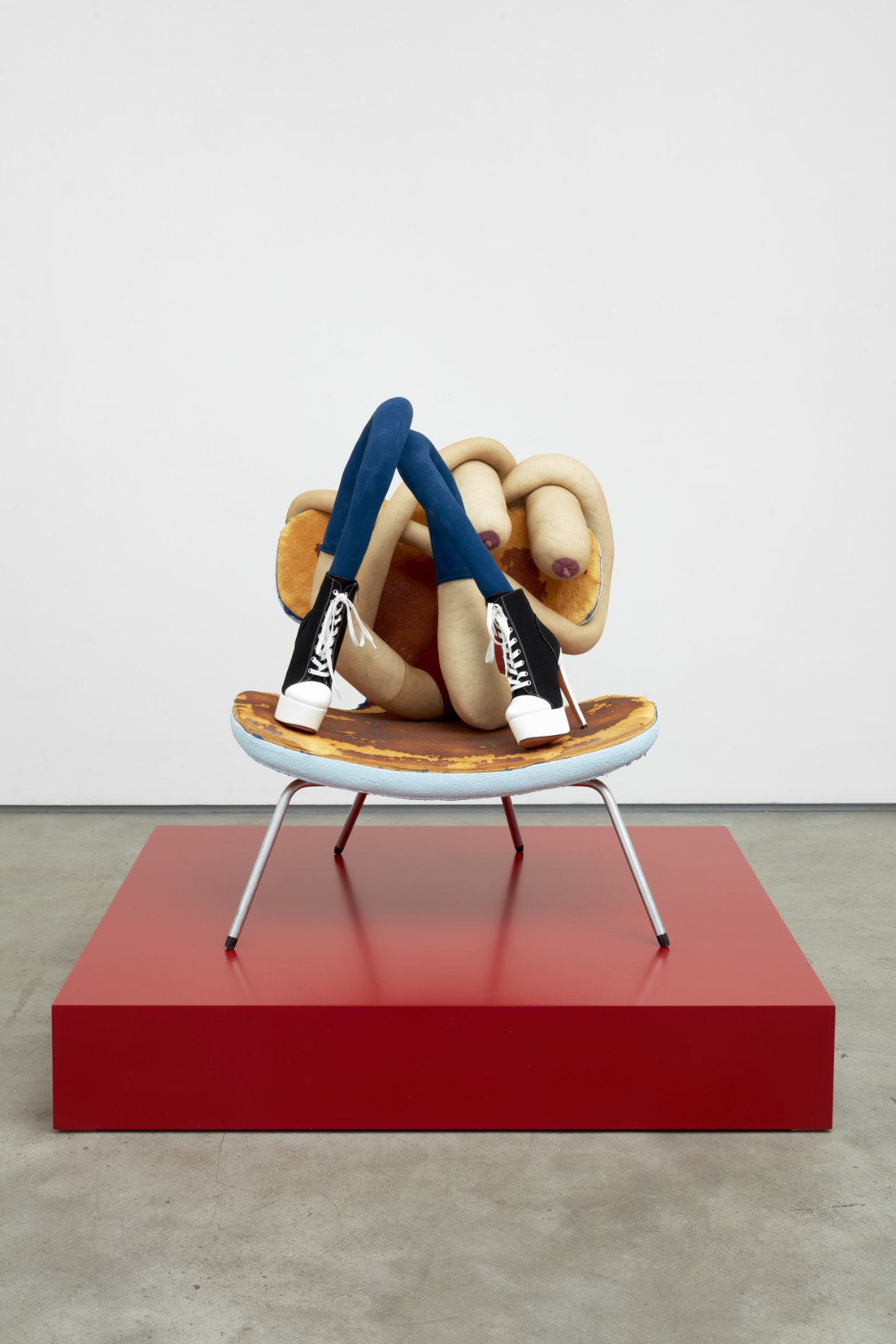The Genesis Exhibition Do Ho Suh at Tate Modern © Tate Photography (Jai Monaghan)
text by Poppy Baring
Do Ho Suh’s first major London exhibition at the Tate Modern showcases decades of his work that touches on themes that bring the importance of home back into audiences’ hearts. The title of the exhibition Walk The House derives from the Korean expression Hanok regarding a traditional house that can be packed up, transported and re-assembled across space and time. Originally from Seoul and now living in London, Suh has lived and worked across many continents. Walk The House involves impressive ghostly fabric structures, time-worn graphite rubbings, and intricate drawings that are to be experienced physically but also ask viewers to look introspectively at their own inner worlds.
The overwhelming size of some of these works contrasts against meticulous drawings and delicate watercolors and while the former risks overshadowing the latter, this contrast is precisely the point. By juxtaposing the grand with the intricate, Suh shows that memory does not exist at a single scale. We remember our homes and their rooms, while also holding onto the small elements that fill them. Perfect Home: London, Horsham, New York, Berlin, Providence, Seoul 2024, presented for the first time, demonstrates this well and is at the heart of this emotional experience. Here, Do Ho Suh outlines his current home and partners this with architectural features from previous spaces he and his family have inhabited.
Rubbing/Loving Project: Seoul Home, 2013–2022 is the first and one of the most powerful works exhibited. Newly reconstructed but made over several months, the large-scale wall installation was created using a practice which in itself is meditative. The artist’s childhood home was covered with Hanji (mulberry paper) and gently rubbed with graphite capturing its structure and all its blemishes, which were enhanced by the elements the paper was left exposed to. This process mirrors how we recall our own homes—not as exact images, but through textures, sensations, and fragments of detail.
Do Ho Suh Nests, 2024. Courtesy the Artist and Lehmann Maupin New York, Seoul and London and Victoria Miro. Photography by Jeon Taeg Su © Do Ho Suh
Visitors continue to move through the colorful corridors of Nests, 2024, where Suh stitches together rooms, hallways, and entryways from buildings in Seoul, New York, London, and Berlin. These liminal spaces, often passed through without thought, become the focus, transformed into a fluid architecture that defies the logic of solid buildings. These in-betweens embody the shifting nature of memory and migration, like walking through the echo of a home that never fully was, but somehow feels known.
Suh’s films: Robin Hood Gardens, 2018 and Dong In Apartments, 2022, underscore the ever-changing layout of cities like London and Daegu. They show built environments as malleable living things that continue to be loved, destroyed, rebuilt and changed alongside the rest of us. This rich and colorful exhibition and the themes it touches on are as relevant as they have ever been with pieces reflecting on how political unrest coat our memories of time and space. Home is something to be reminded of and while some reviews have suggested the exhibition feels overcrowded, perhaps that is not far off from most people’s lived experience of where and how they live their lives.
The Genesis Exhibition: Do Ho Suh: Walk the House is on view through October 19th 2025 at the Tate Modern, Bankside, SE1 9TG.









